Boop! Lúcio Correia dos Santos is a fun-loving hero in Overwatch who’s best known for his positive nature and his absolutely infectious bops. The healing- and speed-boosting DJ is the backbone of many competitive team compositions, but he’s a ton of fun to use no matter what mode you’re playing. While he’s classified as a support hero, he also provides plenty of utility and even some damage potential to any team he’s a part of.
If you’re interested in learning how to play Lúcio, you’ve come to the right place. While the sonic healer is easy to pick up and play, he has an incredibly high skill ceiling that rewards careful preparation and deliberate movement. It’s no surprise that Lúcio has been one of the most popular healers in the Overwatch League–he’s extremely powerful in the right hands.
Here’s everything you need to know to play Lúcio in Overwatch.
How to play Lúcio in Overwatch
Sonic Amplifier

Lúcio’s primary fire, Sonic Amplifier, is the least exciting of his abilities. This speaker-like gun launches four projectiles in a burst, which damages the first enemy they reach. Unlike the primary fire of heroes like Cassidy and Soldier: 76, Lúcio’s Sonic Amplifier shots have a travel time before they hit an enemy. The projectiles actually travel relatively slowly, so you’re more likely to hit large, slow-moving characters like tanks rather than small, fast heroes like Tracer and Genji.
Sonic Amplifier can take out low-health enemies if you hit all of the burst shots on an enemy, but if all you’re doing is using Lúcio’s primary fire to attack enemies, you’re not playing him correctly. Sonic Amplifier is only one of the tools in Lúcio’s toolkit, and while it’s one of the easiest to use, it’s not always the most effective. Most of the time, you should save the dramatic headshots and high-priority kills for your damage players and focus on keeping your teammates alive.
Crossfade and Amp It Up
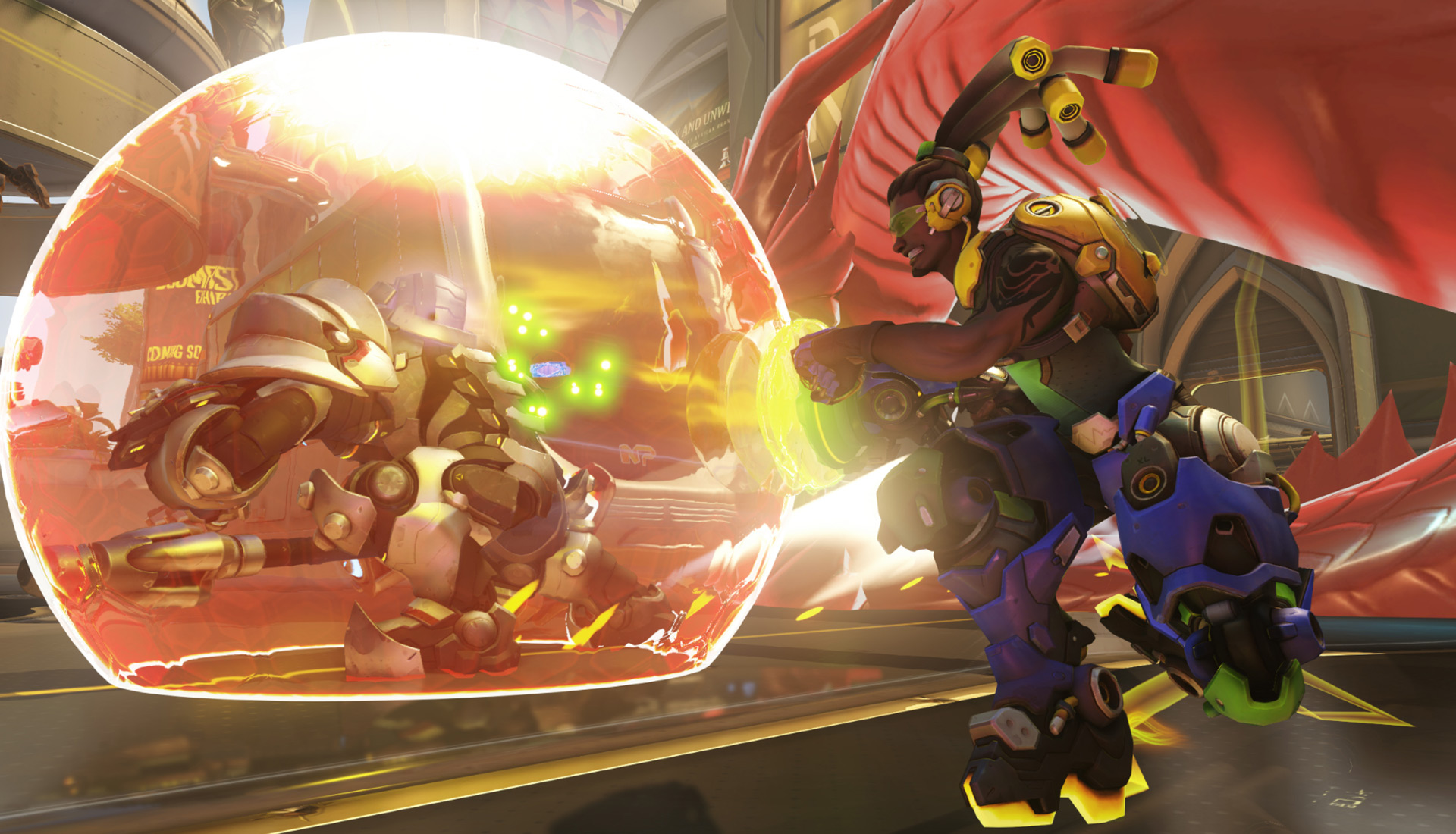
Lúcio is capable of buffing multiple teammates at once thanks to Crossfade. This multi-faceted ability allows Lúcio to play one of two songs: a healing song that heals all nearby allies for 16 health per second (and Lúcio himself for 12 health per second), or a speed song that grants a 25 percent movement speed buff to all allies within its area. Lúcio can toggle between the two songs at any time with no cooldown. Crossfade’s area of effect is visually denoted by the environment, and the number of allies affected is present in the middle of Lúcio’s HUD. When the healing song is activated, the area of effect will glow yellow; when the speed song is activated, it will glow green.
Amp It Up is a separate ability that affects Crossfade. When activated, the Crossfade song that Lúcio is currently playing will be amplified: for three seconds, his healing song will heal allies for 52 health per second (and Lúcio himself for 40 per second), and his speed song will grant 60 percent increased movement speed to allies. It’s a powerful ability that can help teammates survive coordinated attacks from the enemy team, but it also has a long 12-second cooldown, so knowing when to use it is essential.
As you might expect, Lúcio works best when staying close to his teammates in the thick of battle. His healing is based on area of effect, so if he’s not near his teammates, his healing and speed buffs will only affect him. He doesn’t have the same concentrated healing power that a character like Ana or Mercy has, but he’s exceptionally versatile and can help teams in a multitude of ways–as long as you’re paying attention.
In general, you can’t go wrong with staying on healing when your team is getting low on health. It can be the main difference in winning and losing a team fight: the constant high-output healing provided by Amp It Up will keep your team’s health bars moving up instead of down. The speed song is most effective when racing out of spawn at the start of a battle or heading back to the team after respawning. Many players know to wait for their Lúcio to respawn so he can speed them back into the thick of things. One of the more important facets of playing him is figuring out when to swap between healing and speed boosting–it can be the difference between life and death for your team.
Soundwave
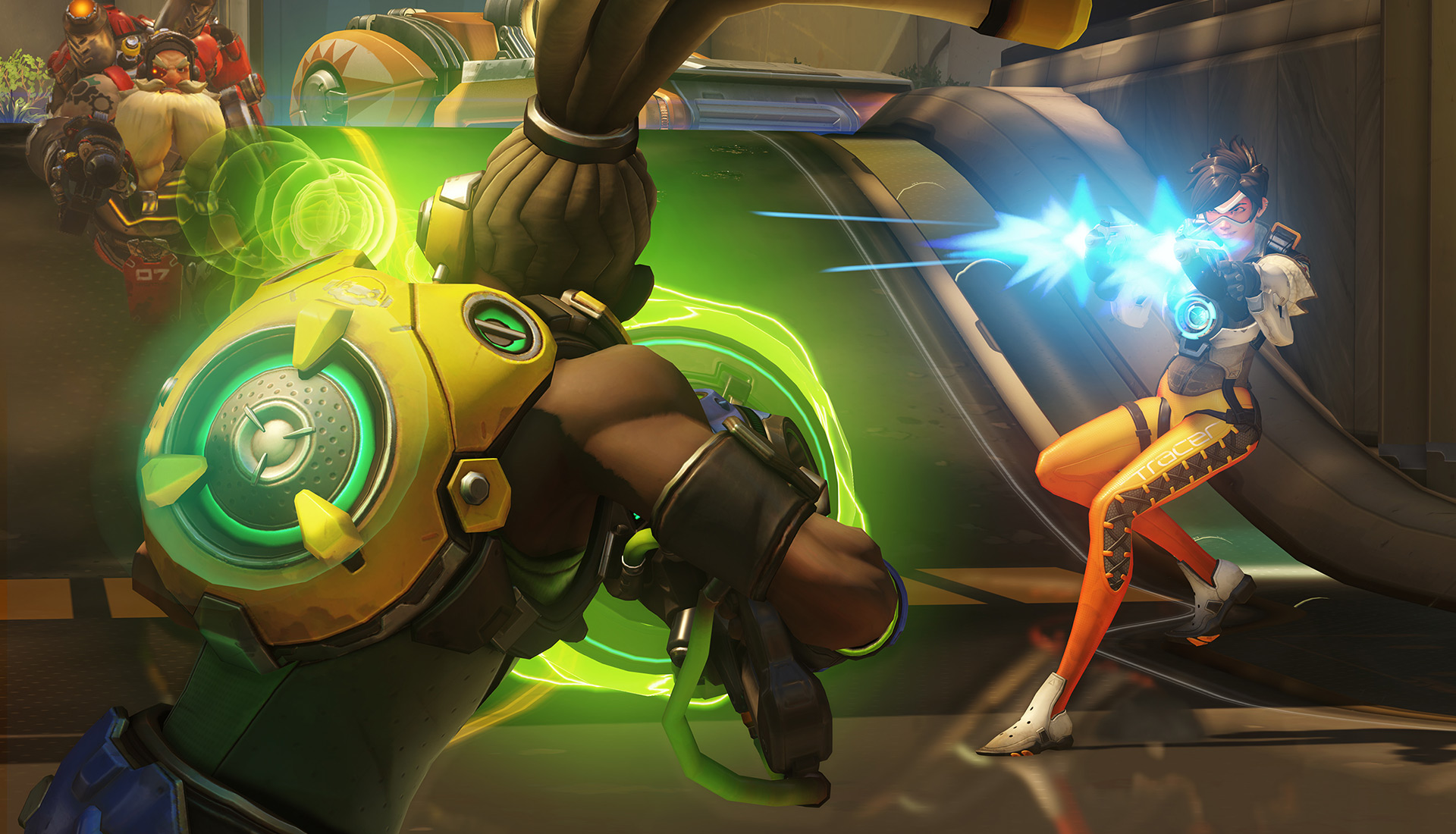
This unassuming ability is responsible for most, if not all, of those incredible Lúcio compilations you’ve probably seen floating around YouTube. Players like DSPStanky and McCreamy have used Soundwave to “boop” enemies for years now, resulting in impressive environmental kills–and some very frustrated enemies.
Activating Soundwave deploys a blast of sound that knocks any nearby enemies backward. It activates instantly and has an extremely short cooldown, allowing Lúcio to use it frequently. It deals a small amount of damage, but that’s not why people use it: they use it to knock enemies off the side of maps like Volskaya Industries and Lijiang Tower. Environmental kills are weighed heavily by Overwatch‘s play of the game system, so nabbing two or three at the same time dramatically increases your chances of earning that coveted end-of-match title. While good Lúcio players won’t use the hero exclusively to push people off of ledges, it’s undeniably one of the most fun things you can do in the game.
Like many other support heroes, Lúcio is all about knowing when to heal your teammates and when to provide utility. Besides earning play of the game, Soundwave can be used to knock enemies and flankers away from Lúcio and his teammates. When combined with a well-timed Amp It Up speed boost, Soundwave can easily save one or several teammates from falling prey to an enemy.
Wall Ride

Lúcio’s Wall Ride is where the majority of his skill ceiling lies. While it takes some time to master knocking people off of ledges with Soundwave, it takes even longer to master Wall Ride, but the results are well worth it. This passive allows Lucio to skate along walls and map obstacles, granting him a 30 percent movement buff when he does so. He also gains a burst of speed when leaping off of a wall, allowing him to reposition quickly.
Lúcio can use Wall Ride to reach locations where other heroes can’t follow him, like the top of high platforms and the roofs of buildings. He can also infinitely skate back and forth on walls and objects, making it difficult to even reach him, much less kill him. Because of Wall Ride, Lúcio is one of the hardest heroes to kill in the game, especially by precision aim characters like Ashe and Cassidy. Players who learn to ride walls effectively and use its speed boost jump to their advantage are absolute terrors in quick match and competitive alike. Plus, there’s a special achievement you can only get by killing three enemies while wall riding called The Floor Is Lava. It’s the only way to get the Pixel Lúcio skin, so get riding!
Sound Barrier

Sound Barrier is Lúcio’s ultimate ability, and it can single-handedly turn the tide of battle. After a brief cast time, Lúcio deploys 750 shields to all allies within his line of sight. The shield rapidly depletes over seven seconds, but while it remains, it blocks incoming damage for all affected teammates (including Lúcio himself) while it remains. It’s a great way to immediately block powerful offensive ultimates, area of effect abilities, and anything else that may pose a threat to your team.
While it might be tempting to make a dramatic leap off of a ledge while casting Sound Barrier, don’t bother. The ability won’t activate until Lúcio hits the ground, wasting precious seconds in the middle of a team fight. Don’t cast it as a self-defense mechanism, either–Lúcio has plenty of other ways to protect himself, namely Soundwave and Amp It Up’s speed boost, so there’s no need to burn a powerful ultimate just to keep yourself alive. Instead, use it immediately after your team is caught in a Zarya Graviton Surge to keep everyone alive. If you’re familiar with Zenyatta, the situations where you would use his Transcendence and Sound Barrier are very similar.
Strengths and counters
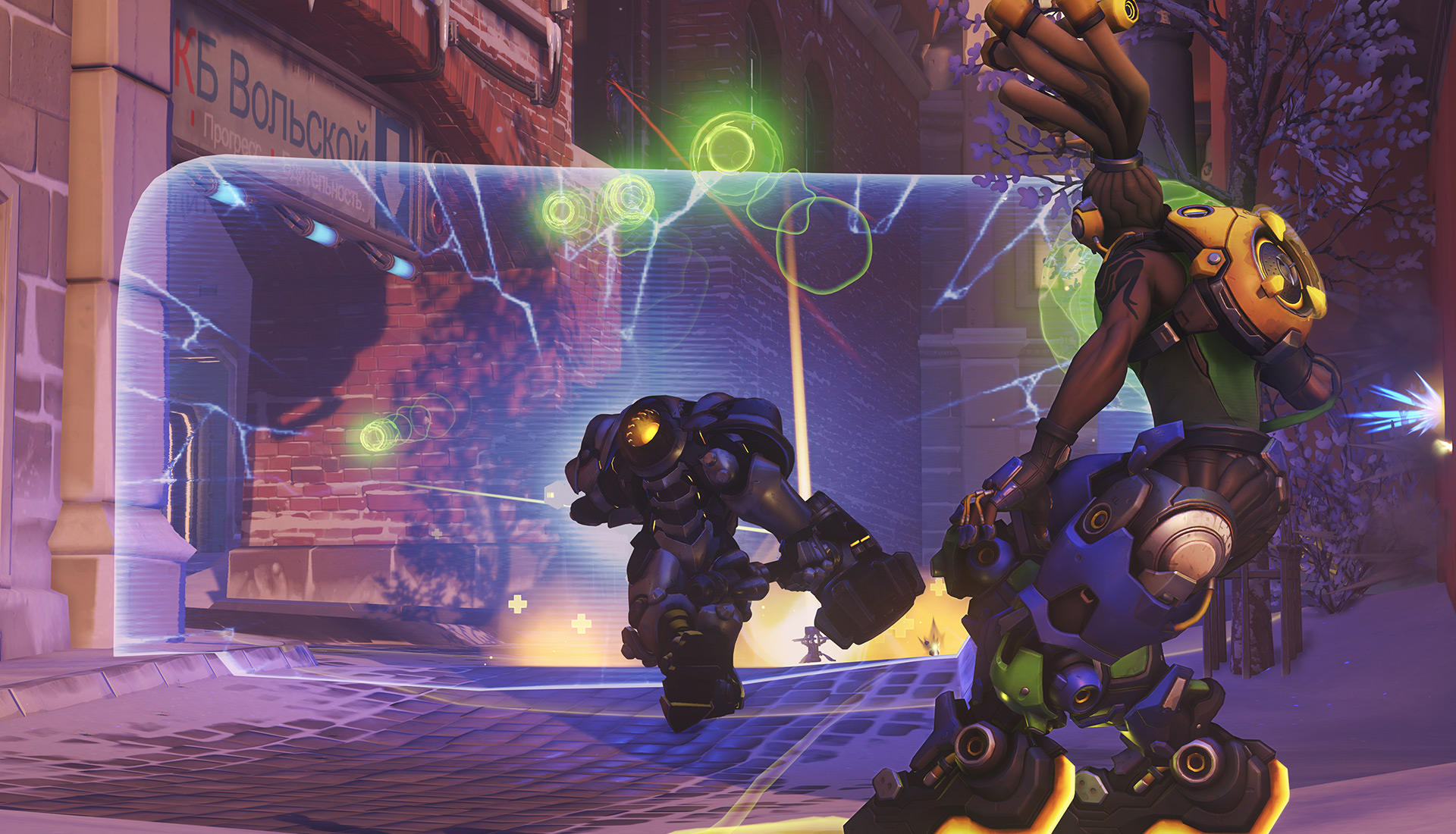
As a very versatile hero, Lúcio works well in a variety of situations: it doesn’t matter a whole lot who is on the enemy team to counter him. That being said, like all of the game’s heroes, he has specific strengths and weaknesses.
It’s tough to pinpoint a hero that Lúcio is strongest against in a one-on-one setting since his main strengths in most battles are his abilities to self-heal and/or speed boost to safety. Outside of that, Lúcio’s best bet in a duel is to try to poke at the enemy with his primary fire and boop them away if they get too close, while self-healing or speed boosting to run toward teammates.
Even so, Lúcio works well against a few heroes in particular. Sound Barrier can completely nullify Soldier: 76’s ultimate, rendering him useless for its duration. As previously mentioned, it can also help allies survive Zarya’s Graviton Surge as well as Sigma’s Gravitic Flux, provided Lúcio isn’t caught in the initial updraft of the latter. Just about every hero who uses sustained fire will find their damage blunted significantly in the face of a Sound Barrier.
On the flip side, Lúcio struggles against heroes who can take away his mobility, which is his biggest asset. Cassidy’s stun can stop Lúcio in his tracks, preventing him from escaping a well-placed Fan The Hammer. Mei and Brigitte can do the same things with their slows and stuns, respectively. The DJ doesn’t have a lot of health or a strong primary fire, so if he can’t get away, these heroes will prove to be a nightmare for him.
If you’re new to Overwatch and looking for a good introductory hero to learn, Lúcio is a great hero to start with. He fits well in almost any team composition and does a good job at lots of little things that can help make a difference in close matches. Even if you’re not new to the game or its support class, Lúcio is worth learning for his strong healing, playmaking potential, and fun boop mechanics. He sits among the list of heroes that everyone should have in their arsenal.


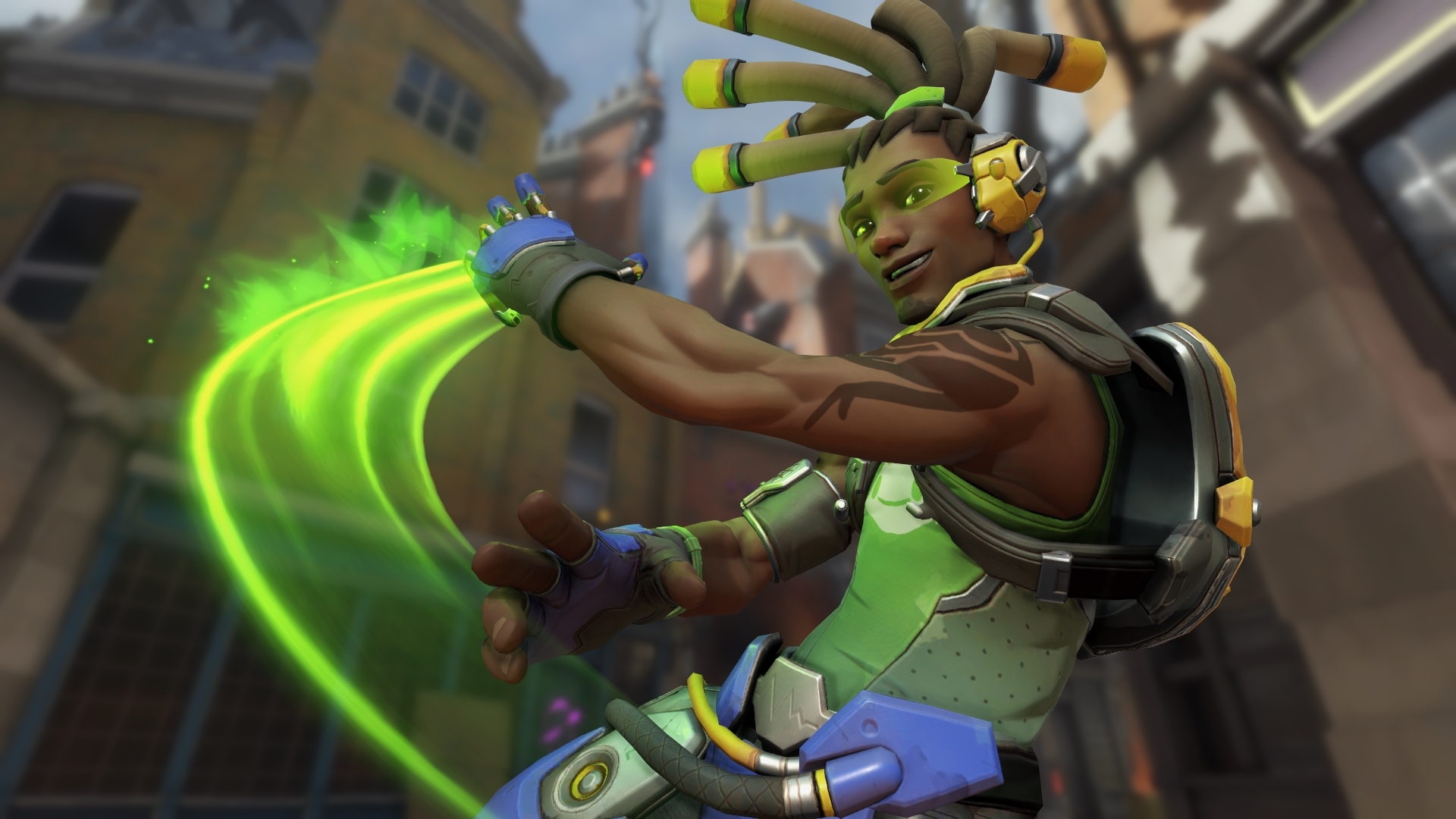
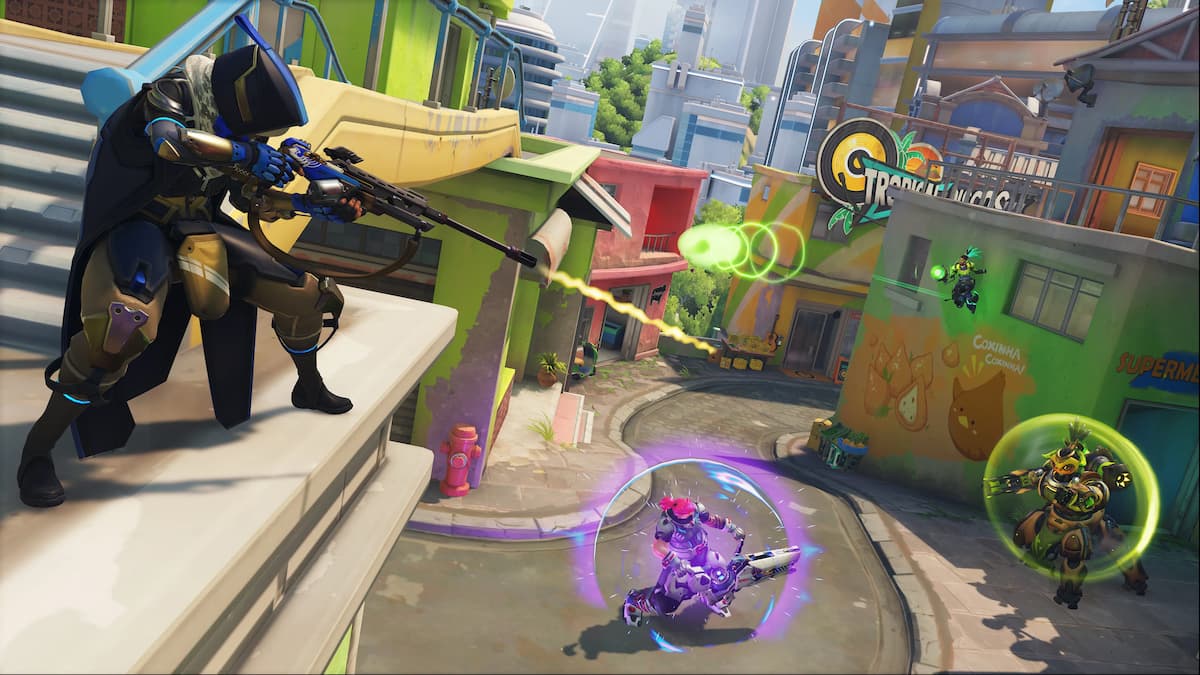
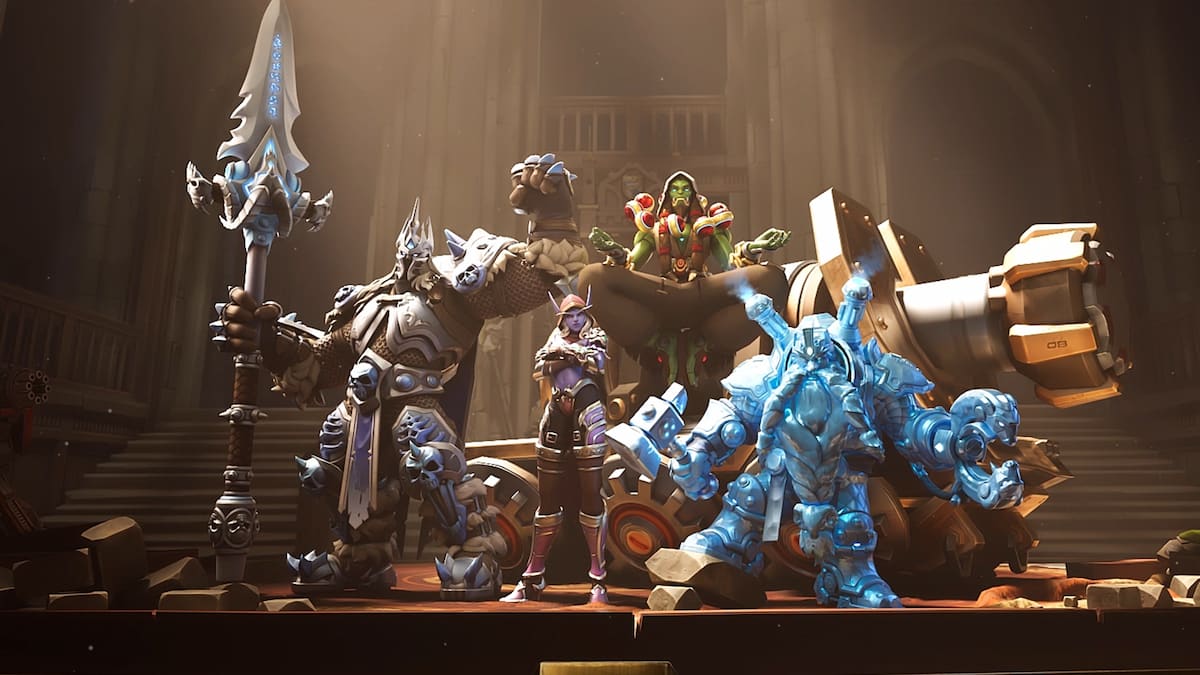
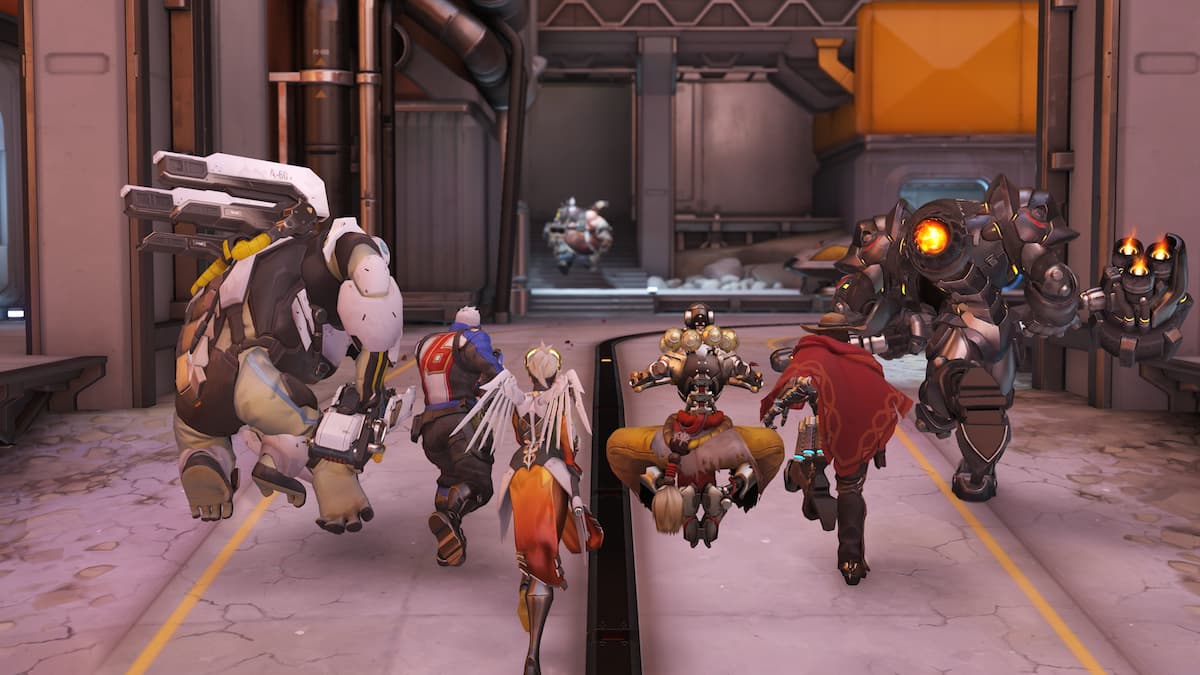
Published: Aug 29, 2022 05:07 pm